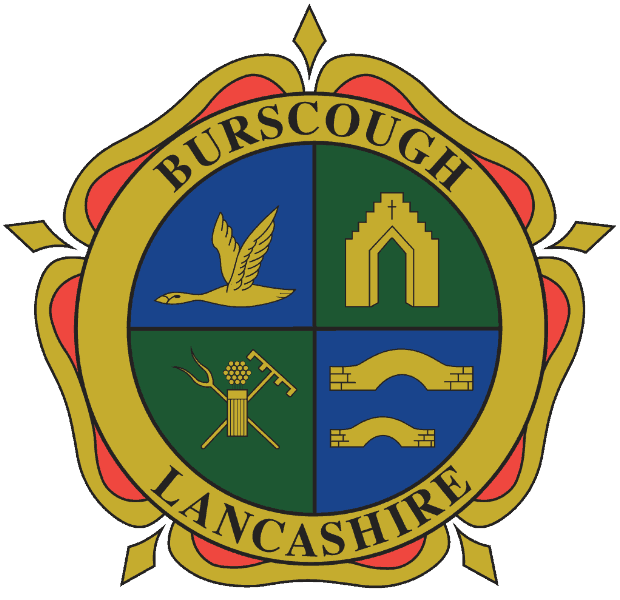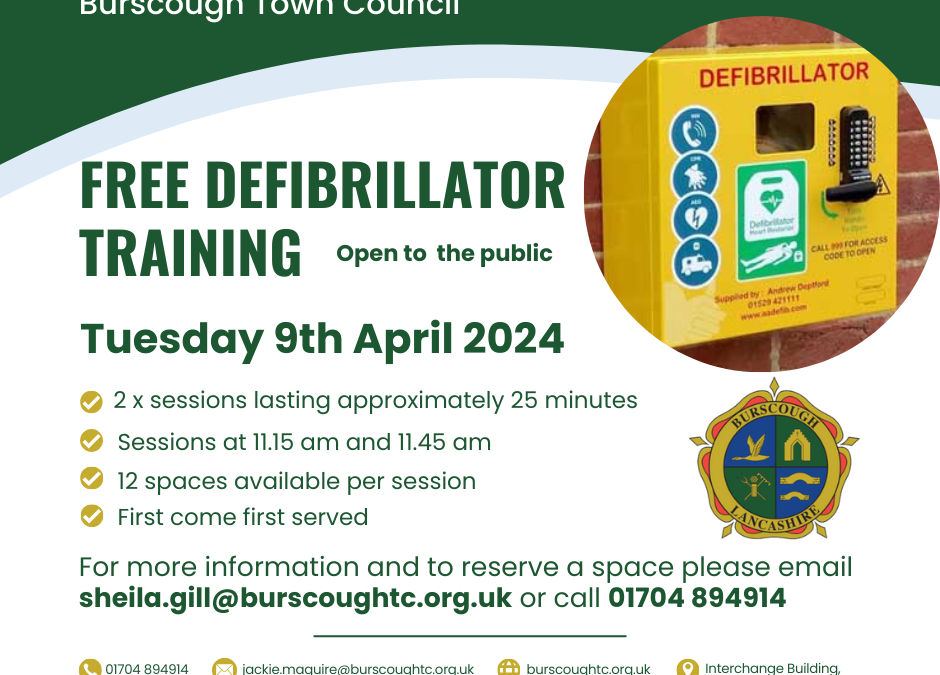Defibrillator training, often combined with CPR training, equips you to respond effectively in a cardiac arrest situation. Here’s a breakdown of what you can expect:
Importance of Defibrillator Training
- Early intervention: Cardiac arrest is a life-threatening situation. The sooner a defibrillator is used, the better the chances of survival. Training equips you to act quickly and confidently.
- Increased effectiveness: Training familiarizes you with the defibrillator’s operation and proper placement of pads.
Elements of Defibrillator Training
- Recognizing cardiac arrest: Learn to identify the signs and symptoms of cardiac arrest.
- Using a defibrillator: Gain hands-on experience with operating an AED (Automated External Defibrillator). This includes proper application of defibrillator pads and following the device’s instructions.
- CPR: CPR (Cardiopulmonary Resuscitation) is often administered alongside using a defibrillator. You will learn chest compressions and rescue breaths.
- Legal considerations: Training may cover legal implications of using a defibrillator in good faith during an emergency.

